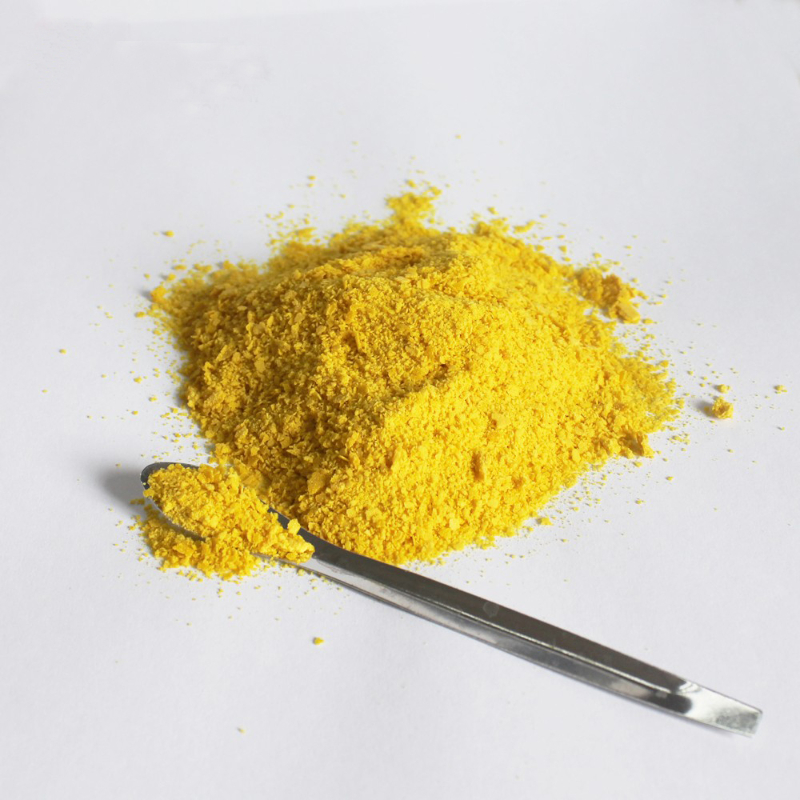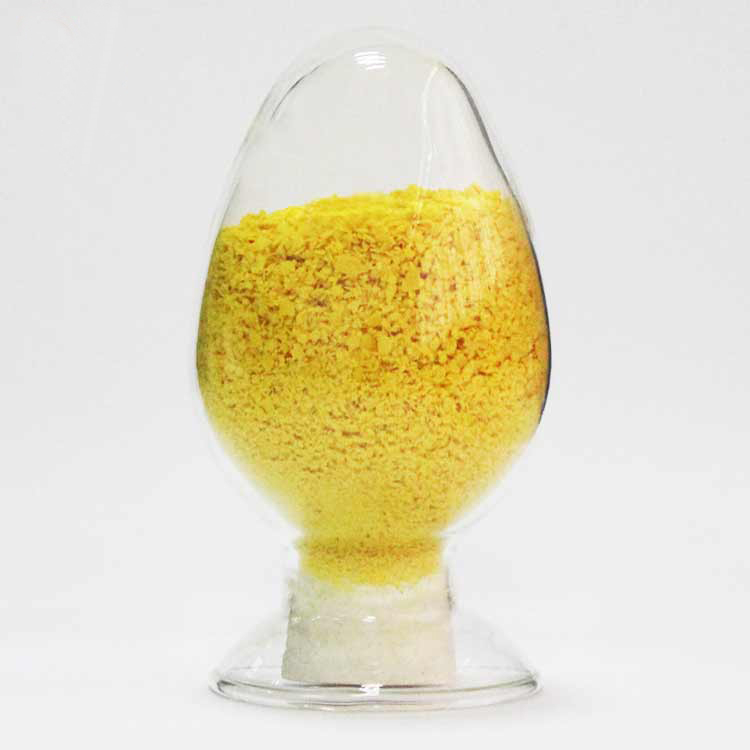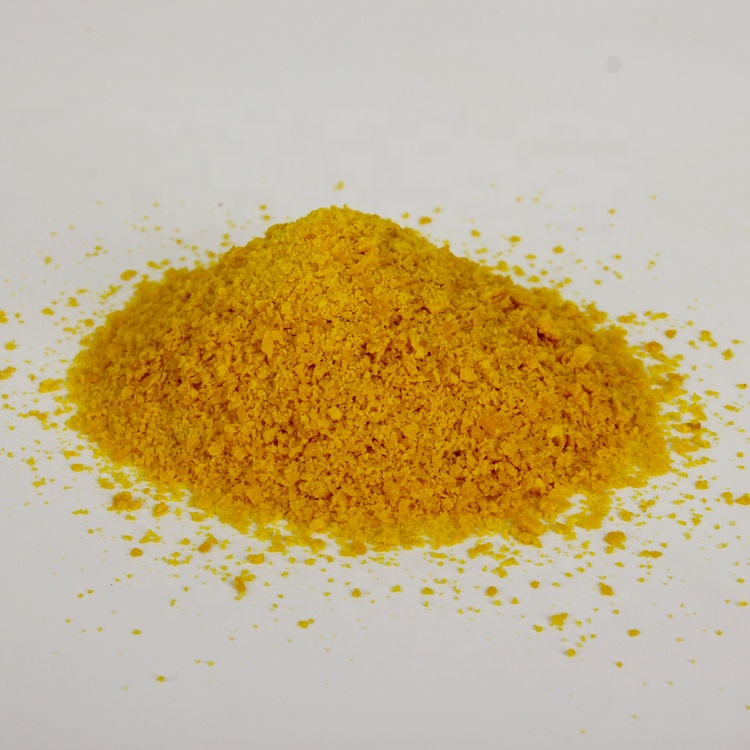Description
What is Polyaluminum Chloride?
Polyaluminum Chloride is a water-soluble aluminum-based compound with the general formula Aln(OH)mCl3n−m. Unlike simple aluminum salts like alum, PAC contains both aluminum and hydroxide ions in a polymerized form, which allows for faster reaction time, stronger floc formation, and better removal of impurities.
It is typically available in various forms:
-
Liquid PAC – pale yellow to light brown
-
Powder PAC – white, yellow, or off-white
Its basicity level—which indicates the ratio of hydroxyl groups to aluminum—varies depending on the grade, influencing its efficiency in specific applications.
Physical and Chemical Specifications
| Parameter | Typical Value |
|---|---|
| Appearance | Yellow/white powder or clear liquid |
| Al₂O₃ Content | 28–31% (solid), 10–18% (liquid) |
| Basicity (%) | 40% – 90% |
| pH (1% solution) | 3.5 – 5.0 |
| Solubility in Water | Completely soluble |
| Insoluble Matter | ≤ 1.5% |
| Shelf Life | 12–24 months |
Different grades of PAC are tailored for different industries, including drinking water treatment, industrial water purification, and paper manufacturing.
Applications of Polyaluminum Chloride
Polyaluminum Chloride is used in a wide range of industries and processes due to its adaptability and high coagulation efficiency:
1. Drinking Water Treatment
PAC is extensively used in municipal water systems to treat raw water, removing turbidity, organic compounds, and bacteria. It improves clarity and reduces harmful byproducts during disinfection.
2. Industrial Wastewater Treatment
Industries such as textiles, dyeing, mining, food processing, and paper manufacturing use PAC to treat process water and effluents, removing heavy metals, oils, and other suspended solids.
3. Sewage and Sludge Treatment
PAC helps in thickening and dewatering sludge in wastewater treatment plants, resulting in lower disposal costs.
4. Paper Industry
PAC acts as a retention agent and improves paper strength, brightness, and drainage during the paper-making process.
Key Benefits of Using PAC
✅ Fast Coagulation & Strong Floc Formation
✅ Works Over a Wide pH Range (5–9)
✅ Lower Dosage Required Compared to Alum
✅ Reduced Sludge Volume and Easier Disposal
✅ Less Impact on Water pH and Alkalinity
✅ Improved Water Clarity and Filter Efficiency
PAC’s high charge density and low dosage requirements make it a cost-effective and eco-friendly choice for large-scale water treatment operations.
Safety and Handling
Polyaluminum Chloride is generally safe for use in drinking water treatment when handled correctly. However, it should be stored in a dry, cool environment, and users must follow safety guidelines and wear protective equipment during handling. Always consult the Material Safety Data Sheet (MSDS) for safe use practices.
Final Thoughts
Polyaluminum Chloride (PAC) is a powerful and versatile coagulant that plays a crucial role in ensuring clean, safe, and environmentally compliant water across a wide range of industries. With its high efficiency, wide applicability, and cost-effectiveness, PAC continues to be a leading solution for modern water treatment systems.
Whether you manage a municipal water treatment facility, operate an industrial plant, or are involved in environmental engineering, PAC offers the clarity, performance, and reliability needed for high-quality water purification.







